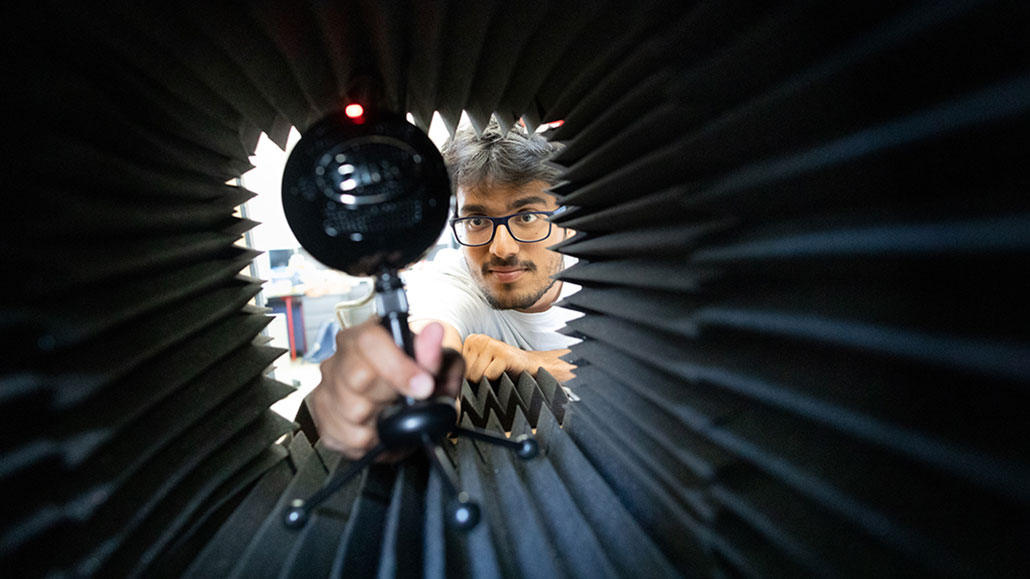Questions for ‘Talking through a tube can trick AI into mistaking one voice for another’

When people spoke through a simple tube with certain dimensions, a voice-recognition AI model wrongly tagged them as famous celebrities! Here, team member Yash Wani, an engineering PhD student at the University of Wisconsin–Madison, sets up a microphone to capture sound during a test of that system.
Todd Brown/University of Wisconsin–Madison